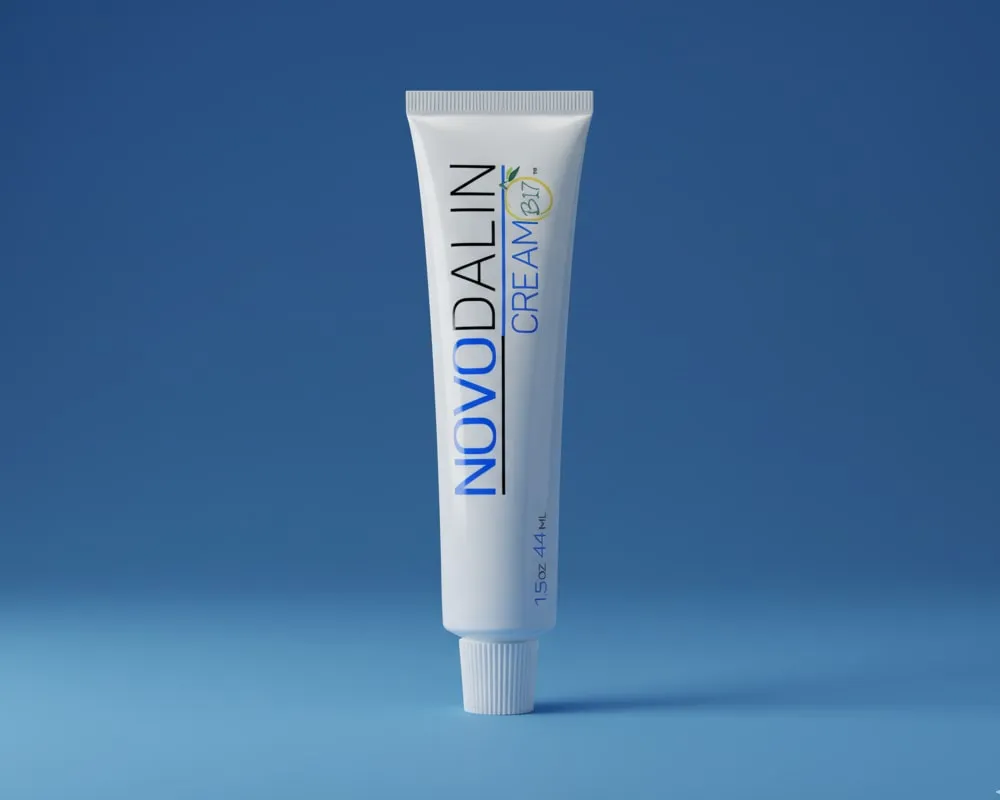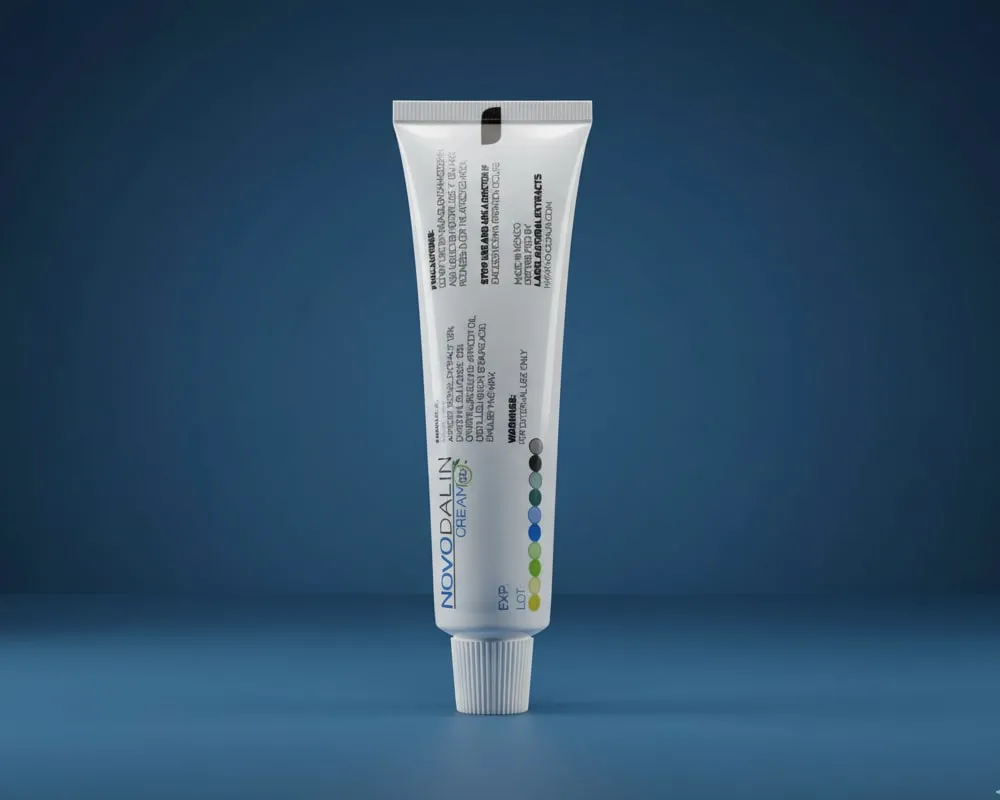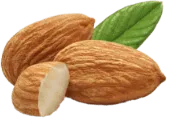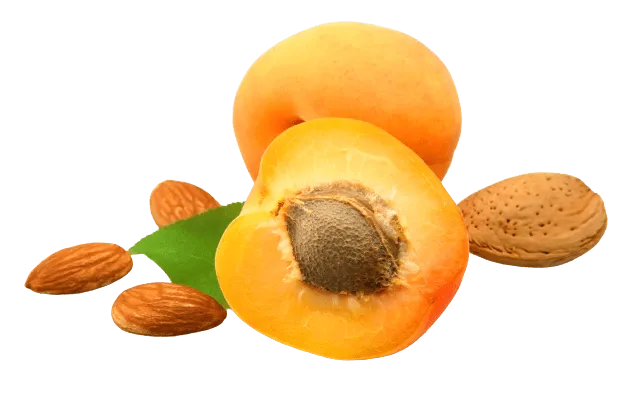Novodalin Amygdalin Cream
Extra streght formula with more amygdalin and DMSO (Dimethyl Sulfoxide).
Size: 44ml | 1.5oz
Content per tube
- Amygdalin (D-mandelonitrilo-beta-D-gentiobioside)
- DMSO (Dimethyl Sulfoxide)
- Apricot oil
Tested for potency, purity, and integrity.
Amygdalin:
(D-mandelonitrilo-beta-D-gentiobioside) Our active ingredient, it is pure Amygdalin also known as "Vitamin B17" extracted from Apricot Kernels (P. Armeniaca) with a purity of 99.5% it is a very stable compound with a melting point of 200°C - 220°C, pH in saturated water solution about 7. Amygdalin is a natural extract found in very small quantities inside the kernel of an apricot. It is also found inside the kernels on many fruits from trees of the prunus species. This natural chemical compound is also known as “Vitamin B17” or “amigdalina”.
DMSO:
Dimethyl Sulfoxide is both an active pharmaceutical ingredient and a versatile excipient that is widely used in various pharmaceutical and biotechnology applications including: Topical and Transdermal Dosage Forms.







